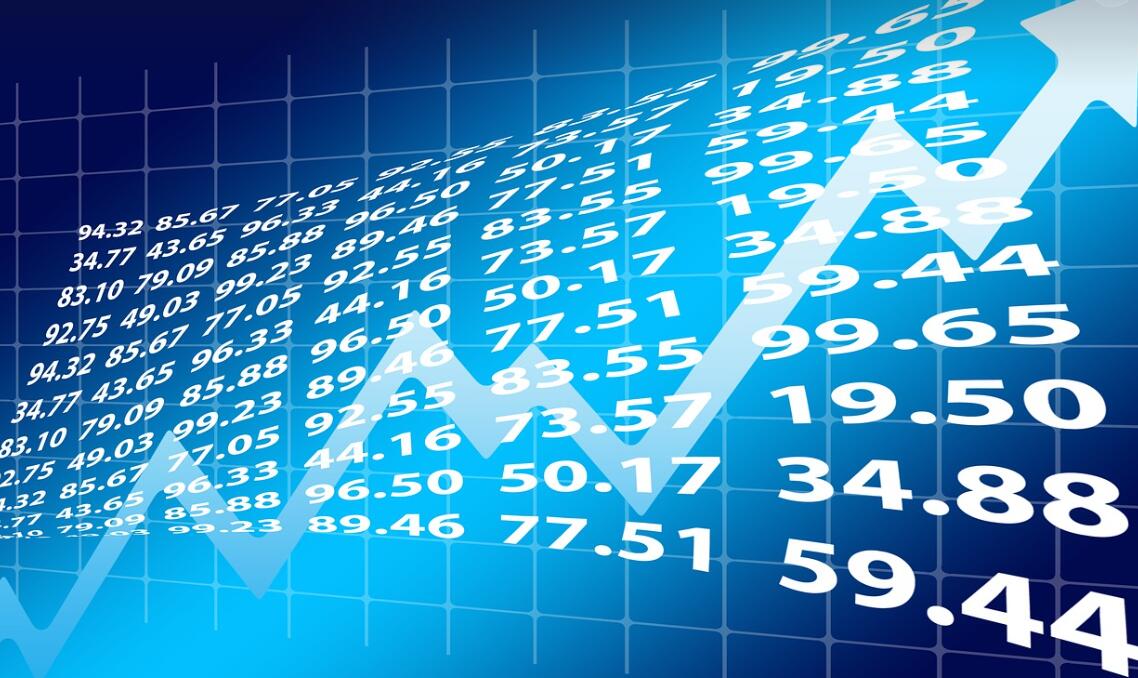Bonds are an integral component of a diversified investment portfolio, known for their reliability and consistent income. Understanding the dynamics of bond pricing, particularly the yield curve, is crucial for investors aiming to make informed decisions. In this article, we’ll delve into the basics of bond investing and explore the concept of riding the yield curve to enhance your investment strategy.
Bond Fundamentals:
Before we dive into the yield curve, let’s establish some fundamental concepts related to bonds:
- What Are Bonds?
Bonds are debt securities issued by governments, municipalities, or corporations to raise capital. When you invest in a bond, you are essentially lending money to the issuer in exchange for periodic interest payments and the return of your principal investment at maturity.
- Bond Characteristics:
Bonds come in various forms, including government bonds, municipal bonds, corporate bonds, and more. They differ in terms of issuer, maturity, interest rate, and risk profile.
- Bond Prices and Yields:
Bond prices and yields are inversely related. When bond prices rise, yields fall, and vice versa. This relationship is crucial for understanding the yield curve.
- Maturity Date:
Bonds have a specified maturity date when the issuer repays the principal to the bondholder. Maturities can range from short-term (less than one year) to long-term (over 10 years).
The Yield Curve:
The yield curve is a graphical representation of the yields of bonds with different maturities. It provides a snapshot of the interest rate environment and serves as a valuable tool for investors. There are three primary yield curve shapes:
- Normal Yield Curve:
In a normal yield curve, short-term bonds have lower yields than long-term bonds. This reflects the expectation that interest rates will rise in the future. Investors holding long-term bonds typically demand higher yields to compensate for the risk of interest rate increases.
- Inverted Yield Curve:
An inverted yield curve occurs when short-term bond yields are higher than long-term bond yields. This shape often precedes an economic recession, as it signals expectations of falling interest rates. Investors flock to long-term bonds, driving up their prices and lowering yields.
- Flat Yield Curve:
A flat yield curve signifies little difference between short-term and long-term yields. It suggests uncertainty in the interest rate outlook. Investors may perceive an economic slowdown, leading to a balanced demand for short- and long-term bonds.
Riding the Yield Curve:
Riding the yield curve is an investment strategy where investors aim to profit from changes in bond prices resulting from shifts in the yield curve. Here’s how it works:
- Buying Low-Yield, Long-Term Bonds:
When you anticipate that yields will fall, invest in long-term bonds with relatively low yields. As interest rates decrease, the prices of these bonds rise, resulting in capital gains.
- Selling High-Yield, Short-Term Bonds:
Conversely, when you expect yields to rise, consider selling high-yield, short-term bonds. Rising interest rates lead to falling bond prices, allowing you to reinvest the proceeds in higher-yield bonds.
Considerations for Riding the Yield Curve:
Interest Rate Outlook: Riding the yield curve depends on your outlook for interest rates. Consider economic indicators, central bank policies, and expert forecasts.
Risk Tolerance: Assess your risk tolerance, as this strategy involves potential capital losses if yield curve predictions are incorrect.
Diversification: Maintain a diversified bond portfolio to mitigate risk. Don’t put all your investments into a single maturity or type of bond.
Duration: Understand bond duration, which measures a bond’s sensitivity to interest rate changes. Longer-duration bonds are more susceptible to price fluctuations.
Riding the yield curve is a nuanced strategy that requires a firm grasp of bond fundamentals and the interest rate environment. While it can lead to profitable opportunities, it also involves risks, as yield curve predictions are subject to market volatility and economic shifts. Successful implementation of this strategy hinges on careful analysis, prudent decision-making, and a well-thought-out investment plan. By mastering the nuances of bond investing, including the yield curve, you can navigate the fixed-income market with greater confidence and potentially enhance your investment success.


